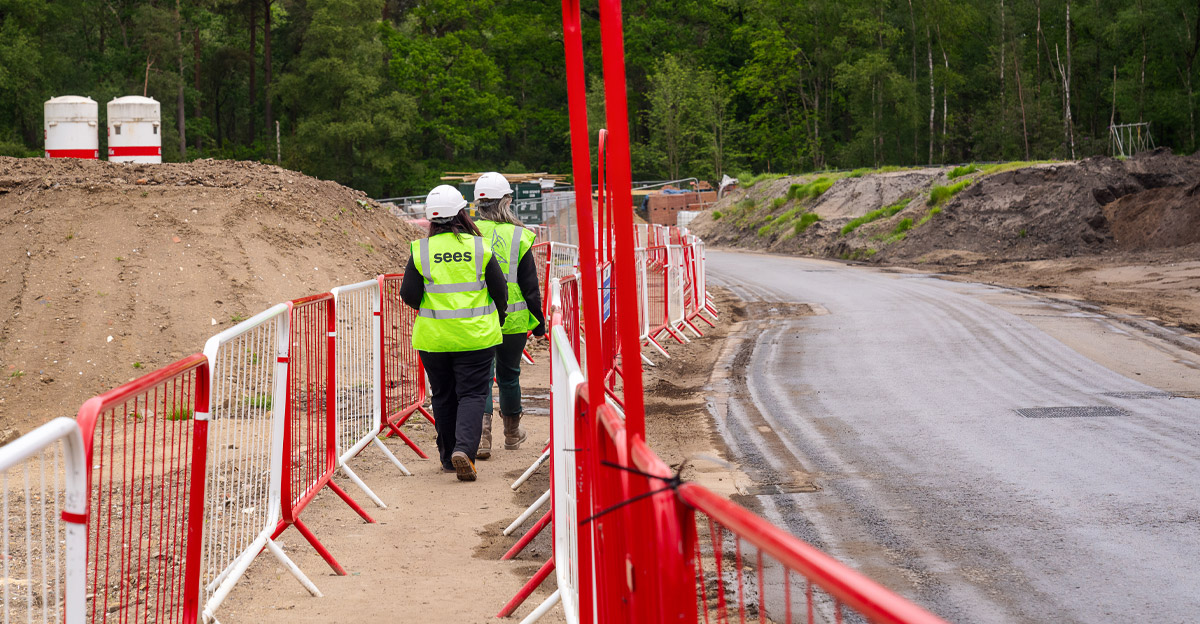Home > Blog > What’s the Difference Between a BREEAM Assessor and a BREEAM AP?
What’s the Difference Between a BREEAM Assessor and a BREEAM AP?

(Spoiler: they’re not interchangeable — but they work brilliantly together.)
If you’ve ever been knee-deep in a sustainable construction project, chances are you’ve heard the terms BREEAM Assessor and BREEAM AP thrown around. But what do they actually do — and why might you need both?
Let’s break it down.
BREEAM Assessor – The Compliance Champion
Think of the BREEAM Assessor as your project’s official scorekeeper. They’re the person responsible for:
- Registering your project with BRE
- Reviewing and validating evidence submitted
- Submitting the final assessment for certification
- Ensuring the BREEAM scheme requirements are met
Their job is all about accuracy, impartiality, and ensuring the assessment process is watertight. No shortcuts. No guesswork. Just clear, standards-based evaluation.
BREEAM AP – The Strategic Sustainability Guide
The BREEAM Accredited Professional (AP) comes in earlier — ideally by RIBA Stage 1 or 2 — to help steer the project in the right direction. Their strengths lie in:
- Embedding BREEAM requirements from the start
- Identifying cost-effective ways to maximise credits
- Translating BREEAM criteria into clear design actions
- Facilitating collaboration across disciplines
Bonus: their involvement can even earn your project extra credits under the Man 01 (Management) category. That’s right — just having them involved early adds value.
| Role | Responsibility |
| BREEAM Assessor | Compliance checker, formal evaluator |
| BREEAM AP | Early-stage advisor, credit optimiser |
Why You Need Both
Want the best shot at a high BREEAM score without last-minute design panic? Bring both to the table — early.
We recommend engaging your AP by RIBA Stage 2 to lock in strategic credits from the start, with your Assessor guiding you through submission and certification later on.
Working together, they’re the dream team for delivering high-performance, low-carbon buildings.

